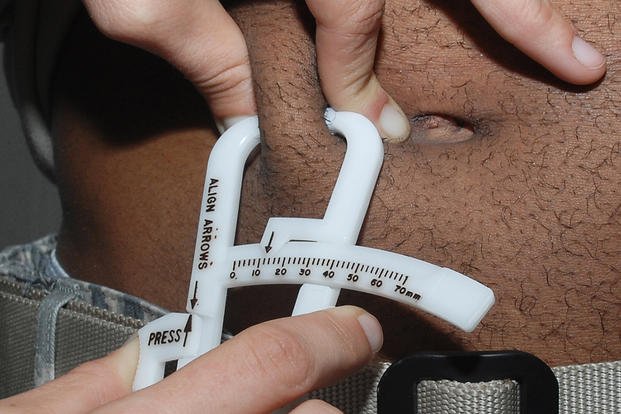How do you know if your current bodybuilding program is working or not?
Well, most people use a combination of the mirror and the scale. However, these methods can be deceiving, to say the least.
The mirror often shows us exactly what we want to see ("Man! Just look at the size of my chest after only one workout.")
And those ups or downs you see on the scale may mean gains in fat or, even worse, a loss of muscle.
So how can you determine your progress?
If you really want to know if your gains and losses are muscle or fat, there's a simple formula you can use. Don't worry: You won't have to break out your old algebra books for this one.
Step 1: Step on the scale.
You need a baseline measurement of your weight for figuring out the rest of the formula.
Step 2: Measure your body fat.
While there are several ways to accomplish this, one of the easiest and least expensive ways is to use a body-fat caliper. Nowadays, you can pick up one for around $20. Follow the instructions with the device to determine the ratio of lean weight to fat in your body.
Step 3: Multiply your weight by your measured body-fat percentage to find out how much fat you're lugging around. Record your answer for future measurements.
Example: 185 lbs. X 17.5% (or .175) = 32.4 lbs. of fat
Step 4: Subtract the amount of fat (in pounds) from your original body weight in Step 1.
Example: 185 lbs. (original weight) - 32.4 lbs. (of fat) = 152.6 lbs. of lean weight
You can download a free software program from my site that does all of these calculations for you. Just sign up as a free member at UndergroundBodybuildingTips.com and grab the AGT5000 download.
This calculation will tell you how much lean weight you're currently carrying. However, this first measurement will not tell you how much muscle you have, because your lean weight also is made up of bones, organs, hair, etc.
What it does give you is your baseline measurement to compare with future measurements. Any gains you make in lean body weight should come only from muscle.
Step 5: Perform Steps 1-4 again approximately 3-6 weeks later. Then compare your results with your previous reading.
Example: Let's say your first measurements were:
Weight: 187 lbs.
Body-fat % reading: 17.5%
187 x 17.5% = about 32.7 lbs. of fat
187 - 32.7 = 154.3 lbs. lean body weight
Now, for your second measurements, you get:
Weight: 190 lbs.
Body-fat % reading: 16%
190 x 16% = about 30.4 lbs. of fat
190 - 30.4 = 159.6 lbs. of lean body weight
If you now compare your second readings with your first, you can see that you've gained 5.3 lbs. of muscle and you've lost 2.3 lbs. of fat.
Short of breaking out the slide rule from my pocket protector, this is the easiest way I can teach you how to determine whether your current program is helping you meet your goals. Just use this formula at regular intervals in your program (every three or six weeks is recommended), and you won't have any problems.
More from Anderson at:
Jeff Anderson is a 10-year veteran of the U.S. Army, a master instructor of close quarters combat self-defense and president of the International Society of Close Quarter Combatants. A full-time, self-defense author and instructor, Anderson has trained military, law enforcement and civilians in advanced close quarter combat tactics for "real-life" self-defense.
Want to Learn More About Military Life?
Whether you're thinking of joining the military, looking for fitness and basic training tips, or keeping up with military life and benefits, Military.com has you covered. Subscribe to Military.com to have military news, updates and resources delivered directly to your inbox.



















